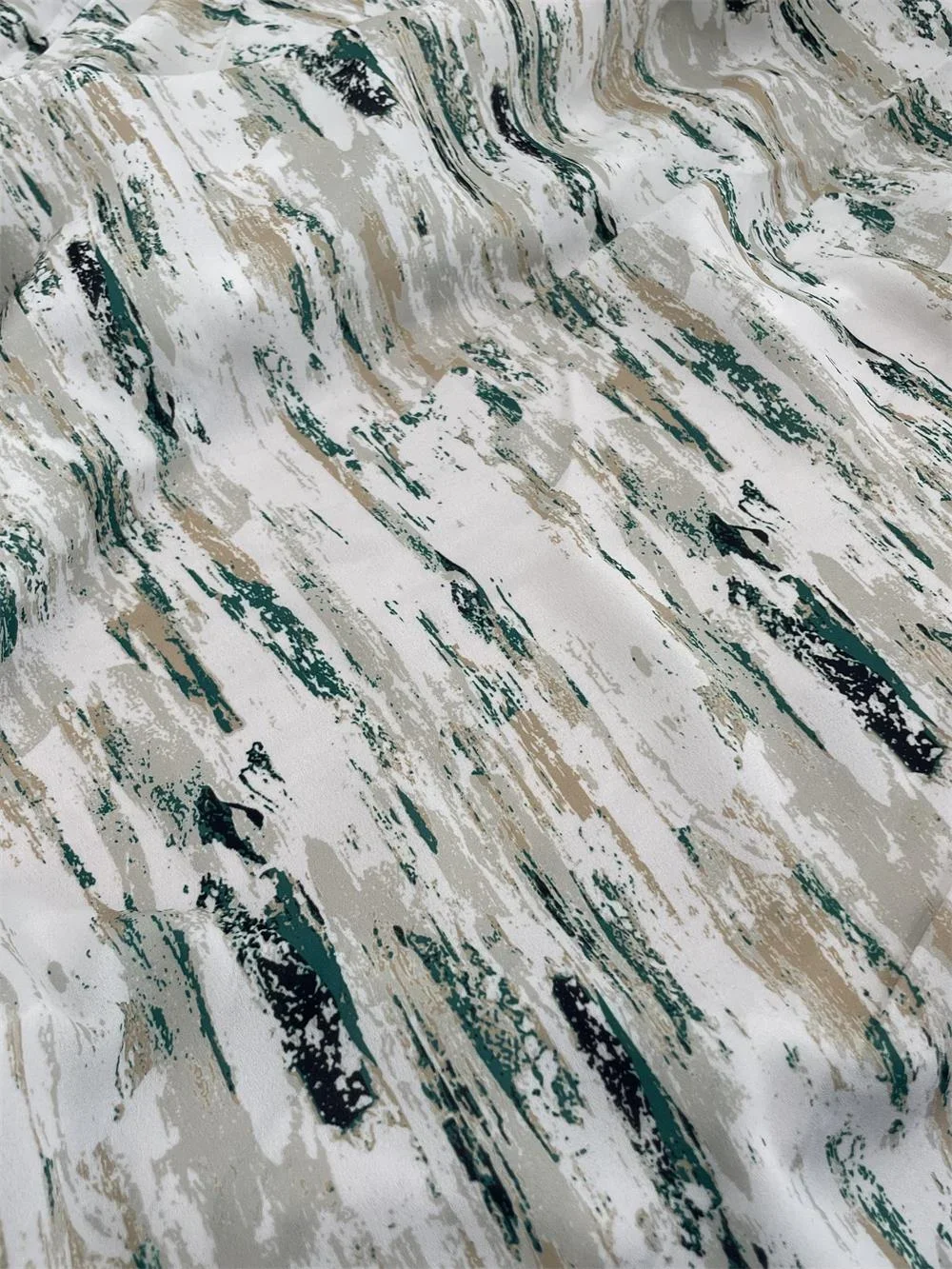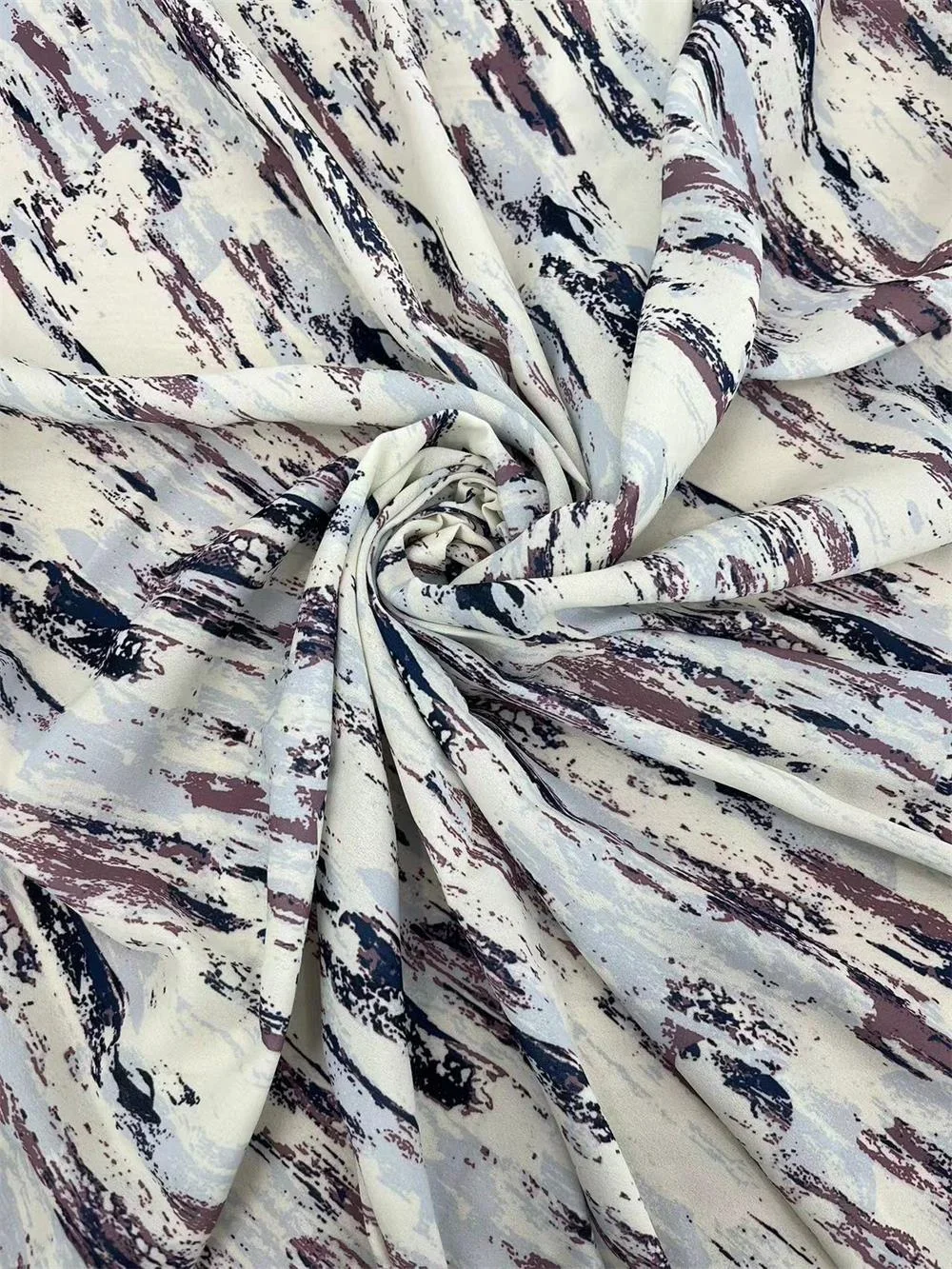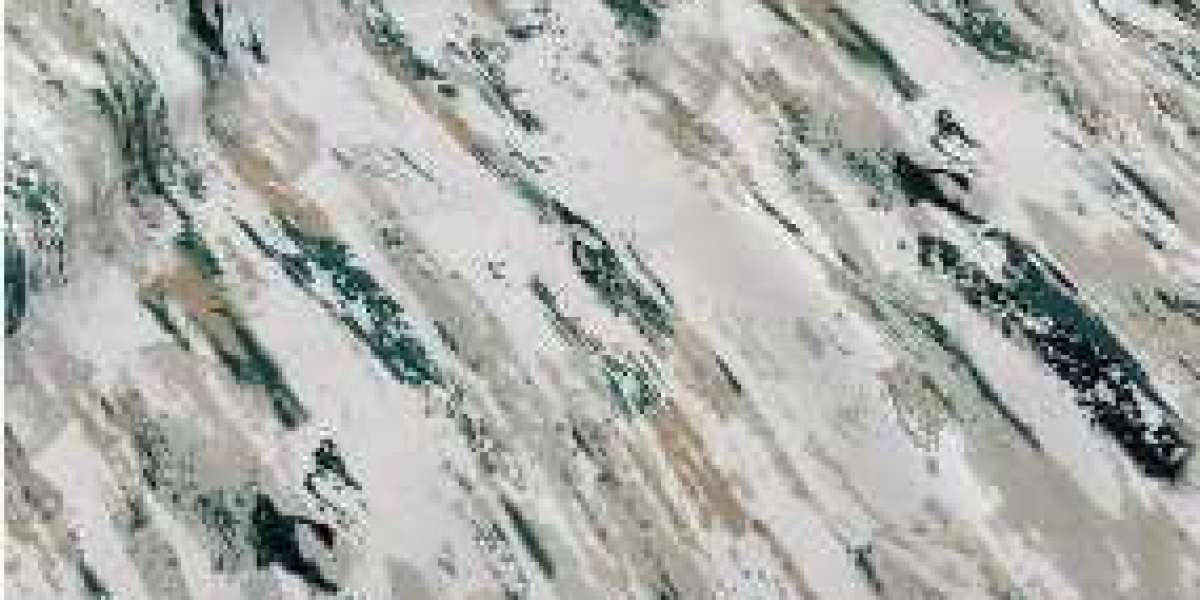Printed cotton fabrics are a popular choice for various applications in interior decoration, fashion, and crafts. Their versatility, durability, and wide range of designs make them a go-to option for many. However, to make the most of your printed cotton fabrics, it is essential to understand how to choose the right fabric and care for it properly. In this comprehensive guide, we will explore the key factors to consider when selecting printed cotton fabrics and provide valuable tips on how to maintain their quality and longevity.
I. Understanding Printed Cotton Fabrics
Printed cotton fabrics are made from natural fibers, specifically cotton, which is known for its breathability, softness, and comfort. These fabrics are created by applying color or design onto the cotton using various printing techniques. The result is a vibrant and visually appealing fabric that can be used for a wide range of purposes.
Different types of printing techniques are used on cotton fabrics, including block printing, screen printing, digital printing, and roller printing. Each technique offers unique characteristics and effects, allowing for endless design possibilities. Block printing, for example, involves using carved wooden blocks to apply color onto the fabric, resulting in a handcrafted and textured appearance. On the other hand, digital printing allows for intricate and detailed designs with a high level of precision.
Advantages of using printed cotton fabrics include their breathability, durability, and ease of care. Cotton is a natural fiber that allows air to circulate, making it ideal for clothing, bedding, and upholstery. Additionally, printed cotton fabrics are known for their ability to withstand regular use and washing without losing their color or shape.

II. Factors to Consider When Choosing Printed Cotton Fabrics
A. Fabric Quality
1. Thread Count and Weave: The thread count refers to the number of threads per square inch in the fabric. A higher thread count generally indicates a smoother and more durable fabric. Additionally, consider the weave of the fabric, such as plain weave or twill weave, which can affect its texture and strength.
2. Fabric Weight and Thickness: The weight and thickness of the fabric will determine its suitability for different applications. Lighter weight fabrics are ideal for clothing and drapery, while heavier fabrics are better suited for upholstery and home decor.
3. Colorfastness and Fade Resistance: Ensure that the printed cotton fabric you choose has good colorfastness, meaning it retains its color even after repeated washing or exposure to sunlight. Look for fabrics that are labeled as fade-resistant to ensure long-lasting vibrancy.
B. Design and Pattern Selection
1. Assessing the Purpose and Style: Consider the purpose of the fabric and the overall style you want to achieve. For example, if you're looking for fabric for a child's room, playful and colorful prints may be more suitable, while a more sophisticated and subtle design may be preferred for a formal living room.
2. Scale and Proportion of the Print: Consider the scale of the print in relation to the size of the item or space where it will be used. Large-scale prints can make a bold statement, while smaller prints may be more suitable for smaller items or spaces.
3. Color Palette and Coordination: Take into account the existing color scheme and decor of the room or project. Choose printed cotton fabrics that complement or enhance the overall color palette, ensuring a cohesive and harmonious look.
C. Durability and Maintenance
1. Fabric Strength and Tear Resistance: Check the fabric's strength and tear resistance, especially if it will be used for upholstery or heavy-duty applications. Fabrics with a tighter weave and higher thread count tend to be more durable.
2. Shrinkage and Stretching Potential: Consider the fabric's potential for shrinkage or stretching. Pre-washing and pre-shrinking the fabric before use can help minimize any future shrinkage.
3. Care Label Instructions: Always check the care label instructions provided by the fabric manufacturer. These instructions will guide you on the appropriate washing, drying, and ironing methods to maintain the fabric's quality.
III. Care and Maintenance of Printed Cotton Fabrics
A. Pre-Washing and Pre-Shrinking
1. Importance of Pre-Washing: Pre-washing the fabric before use helps remove any residual dyes, chemicals, or finishes. It also allows the fabric to shrink to its maximum extent, minimizing the risk of future shrinkage.
2. Pre-Shrinking Techniques: To pre-shrink the fabric, machine wash it in cold water using a gentle cycle. Tumble dry on low heat or air dry. If the fabric is prone to excessive shrinkage, consider adding a fabric softener or vinegar to the wash to relax the fibers.
B. Washing and Drying
1. Machine Washing vs. Hand Washing: Most printed cotton fabrics can be safely machine washed. Use a gentle cycle and cold water to prevent color fading and shrinkage. If hand washing is necessary, use a mild detergent and gently agitate the fabric without wringing or twisting.
2. Water Temperature and Detergent Selection: Cold water is generally recommended for washing printed cotton fabrics to preserve their color and prevent shrinkage. Use a mild detergent specifically formulated for delicate fabrics.
3. Drying Methods and Techniques: Air drying is the gentlest method for drying printed cotton fabrics. If using a dryer, select a low heat setting or tumble dry on air. Remove the fabric from the dryer while it is still slightly damp to minimize wrinkles.
C. Ironing and Pressing
1. Ironing Temperature and Settings: Set your iron to the appropriate temperature for cotton fabrics. Use a medium to high heat setting, but avoid using the highest setting to prevent scorching or damaging the fabric.
2. Tips for Ironing Printed Cotton Fabrics: Iron the fabric on the reverse side or use a pressing cloth to protect the printed surface. Move the iron in a gentle, back-and-forth motion to avoid smudging or distorting the print.
D. Stain Removal and Spot Cleaning
1. Common Stains and Appropriate Treatments: Different stains require specific treatment methods. For example, treat oil-based stains with a mild detergent or dish soap, while water-based stains can be blotted with a clean cloth dampened with water.
2. Spot Cleaning Techniques: Gently blot the stained area with a clean cloth or sponge, working from the outside of the stain towards the center. Avoid rubbing or scrubbing, as this can spread the stain or damage the fabric. If necessary, consult a professional cleaner for stubborn stains.

IV. Tips for Extending the Lifespan of Printed Cotton Fabrics
- Proper Storage and Protection from Sunlight: Store printed cotton fabrics in a cool, dry place away from direct sunlight to prevent color fading and deterioration.
- Avoiding Harsh Chemicals and Bleaching Agents: Use mild detergents and avoid using bleach or harsh chemicals that can damage the fabric's fibers and prints.
- Regular Inspections and Repairs: Regularly inspect your printed cotton fabrics for any signs of wear, tear, or loose threads. Promptly repair any damages to prevent further deterioration.
Conclusion
Printed cotton fabrics offer endless possibilities for interior decoration, fashion, and crafts. By understanding how to choose the right fabric and care for it properly, you can ensure that your printed cotton creations maintain their quality and longevity. Remember to consider factors such as fabric quality, design and pattern selection, and durability when selecting printed cotton fabrics. Additionally, follow the recommended care and maintenance practices to keep your fabrics looking vibrant and fresh for years to come. With these valuable tips, you can confidently incorporate printed cotton fabrics into your projects and enjoy their beauty and functionality.








